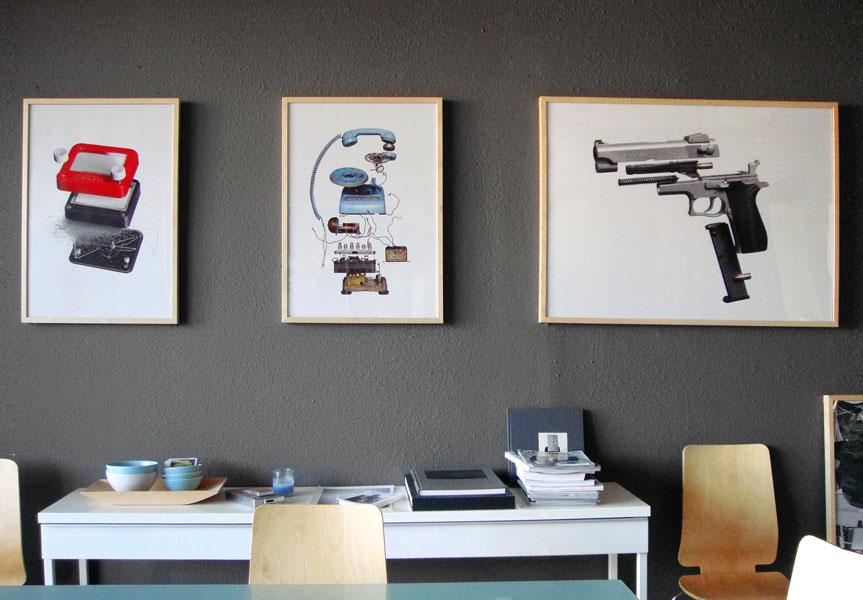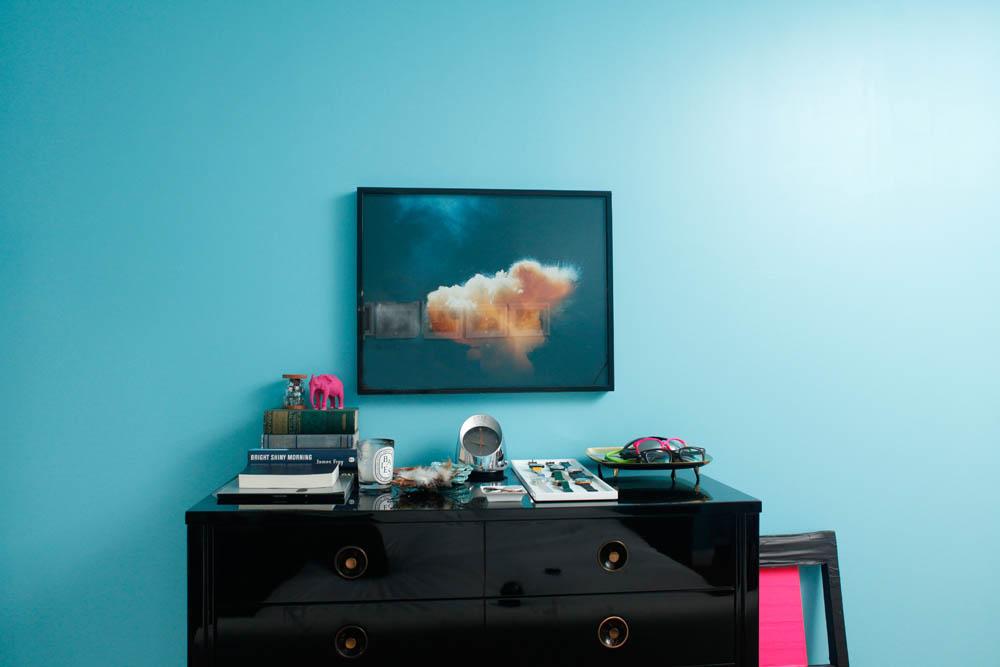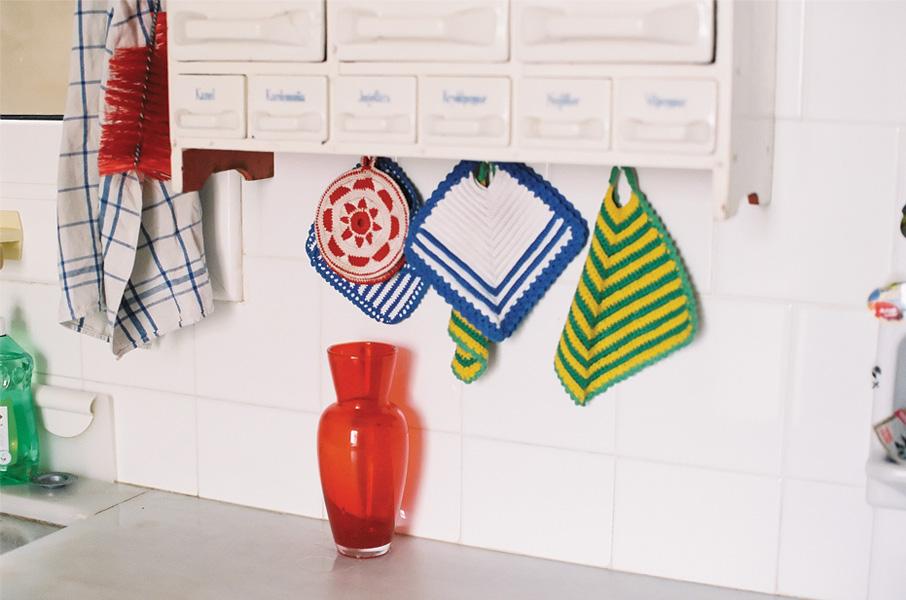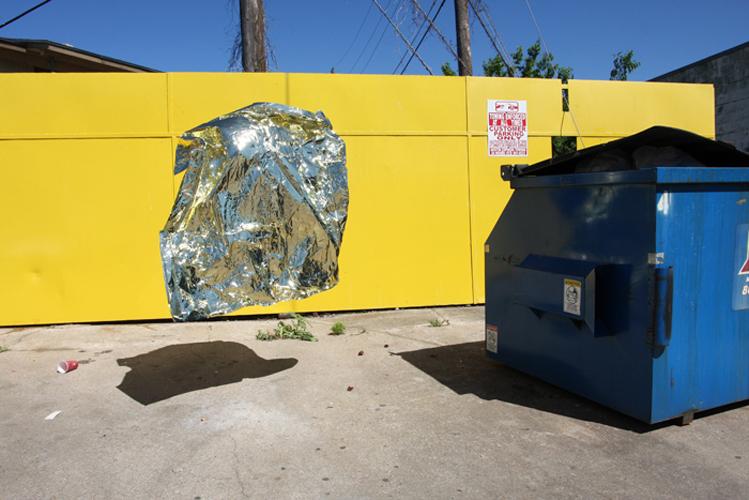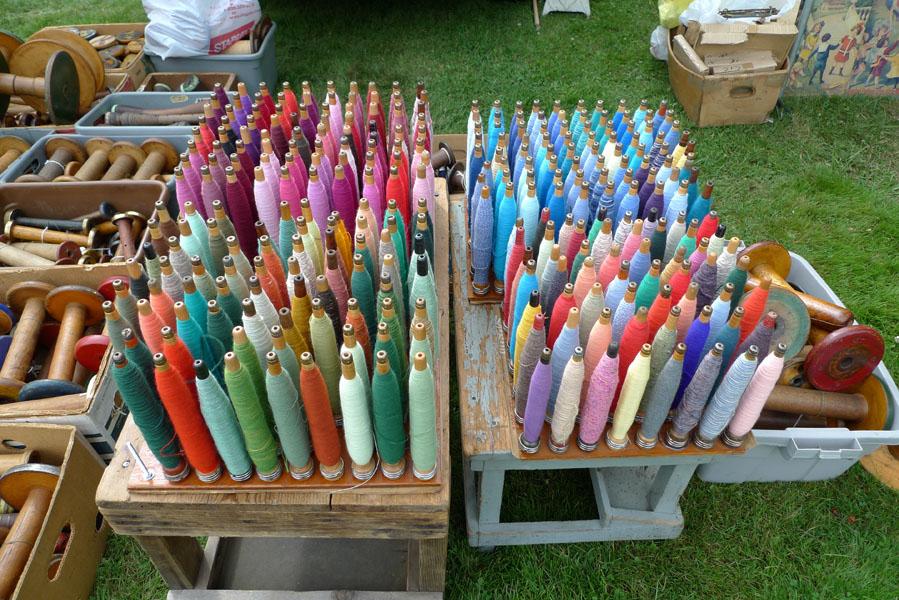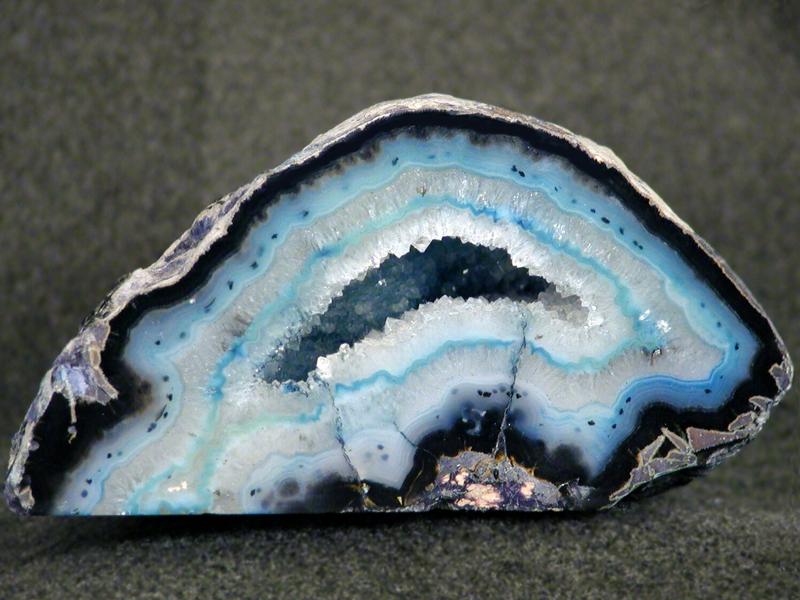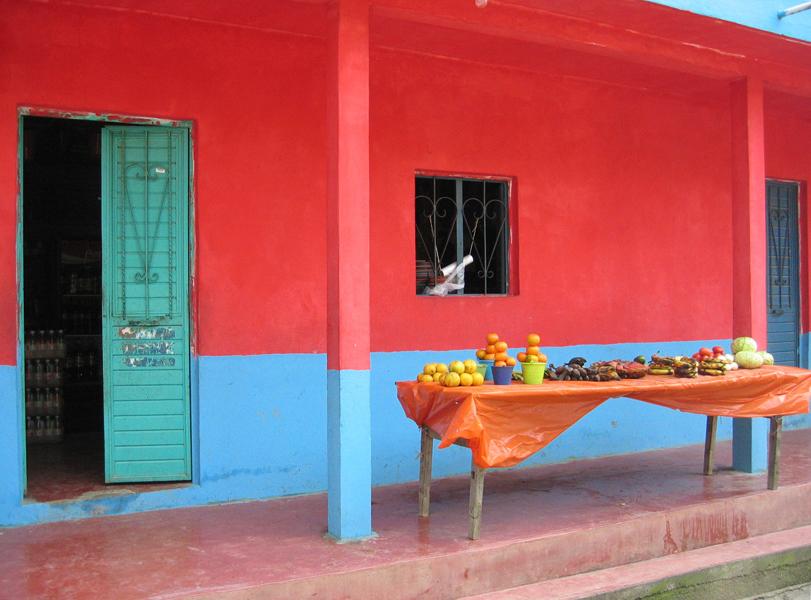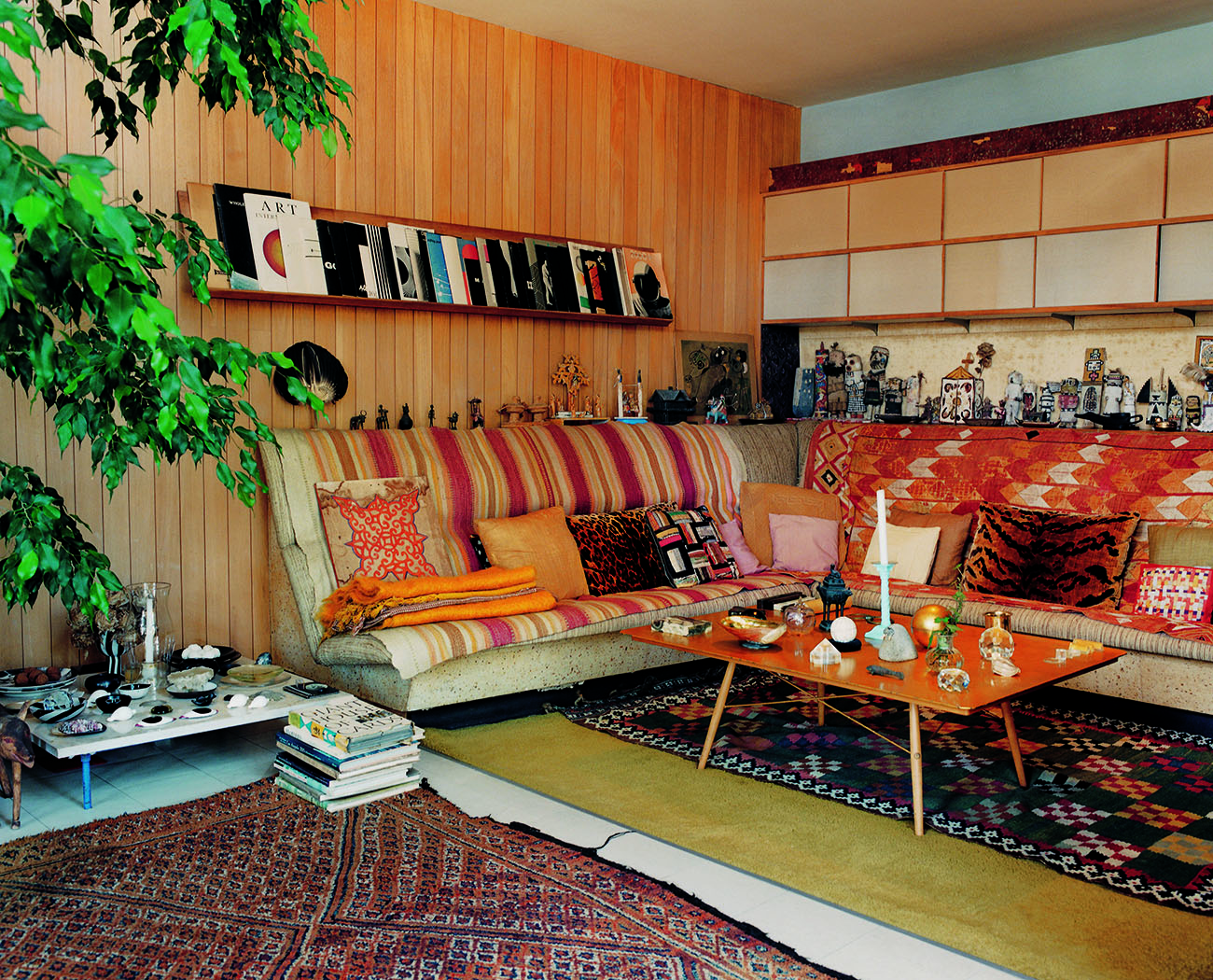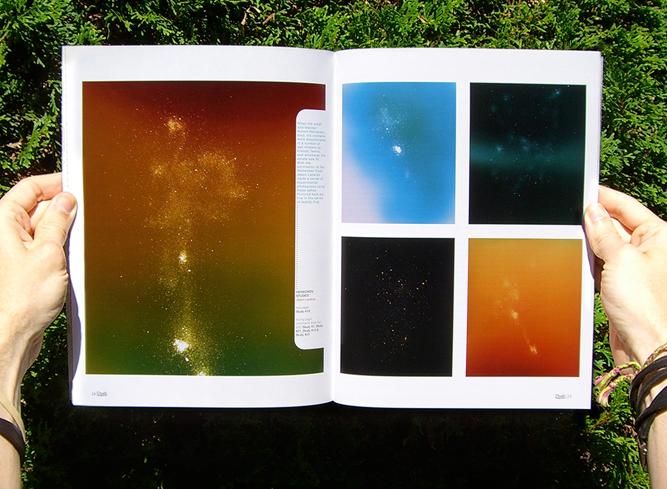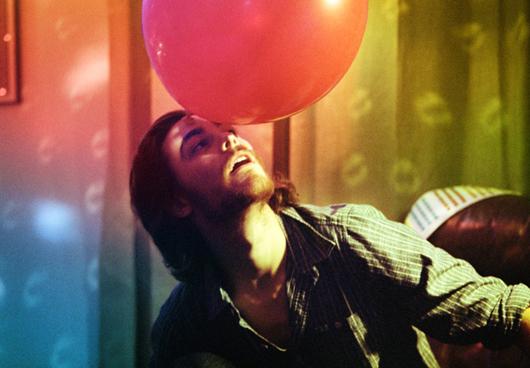
03.31.11
Sighted
Photographer Tim Barber on the UO Blog
In a recent interview with the New York–based photographer Tim Barber, who's known for his edgy portraits of artists and other downtown tastemakers, the folks behind the Urban Outfitters blog evoked some rather unconventional subject matter: UFOs, ghosts, chicken carcasses. Credit the fact that not only did the former Vice Magazine photo editor shoot UO's playful new spring catalog, but he's also currently judging a Weirdest Photo Contest for the retail giant. Of course, in his work with clients like Nike, Woolrich Woolen Mills, T magazine, Italian Vogue, and Stella McCartney, Barber has displayed a more serious side as well. We wanted to show both of them, so we went through his portfolio and chose some new photos to accompany our excerpt from the UO interview — instances where Barber has documented the private spaces of creatives, a la Sight Unseen.
